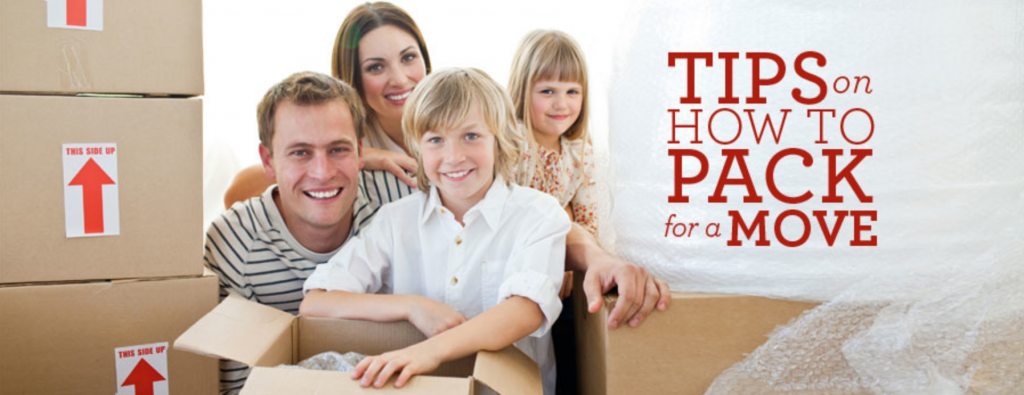Home » Packing » DIY Packing Guide
Self Packing Guide for Commack, NY Area Moves
Self Packing Guide from Hall Lane Moving and Storage in Commack, Smithtown, Long Island, NY., and Surrounding Areas

Good packing is essential for a good move. If you choose to do some or all of your own self packing in preparation for your move, it’s especially important that you be familiar with the techniques that will best protect your possessions.
Good self-packing means…
-
- Limiting cartons, when possible, to a maximum weight of 50 pounds to make handling easier.
- Wrapping items carefully.
- Providing plenty of cushioning to absorb shock.
- Using sturdy cartons that close
- Making sure cartons are firmly packed and do not rattle, bulge outward or bend inward.
- Not mixing items from different rooms in the same carton, when possible.
Here is a self packing checklist, from our Hall Lane moving and packing experts:
- Start with out-of-season items. Next, pack things used infrequently. Leave those items you will need up to moving day, for last.
- Empty drawers of breakables, liquids, and items not recommended for inclusion in your shipment or anything that would puncture or damage other items. However, blankets, sweaters, lingerie, bath towels and similar soft, lightweight goods may be left in drawers.
- Pack similar items together. Do not pack a delicate china figurine in the same carton with cast-iron frying pans, for example.
- Keep all parts or pairs of things together. For example, curtain rod hangers, mirror bolts and other small hardware items should be placed in plastic or cloth bags and taped or tied securely to the article to which they belong.
- Wind electrical cords, fastening them so they do not dangle.
- Wrap items individually in clean paper; use tissue paper, paper towels or even facial tissue for fine china, crystal and delicate items. Colored wrapping draws attention to very small things. Use a double layer of newspaper for a good outer wrapping.
- Place a two- or three-inch layer of crushed paper in the bottom of a carton for cushioning.
- Build up in layers, with heaviest things on the bottom, medium weight next and lightest on top.
- As each layer is completed, fill in empty spaces firmly with crushed paper and add more crushed paper to make a level base for the next layer, or use sheets or cardboard cut from cartons as dividers.
- Cushion well with crushed paper; towels and lightweight blankets also may be used for padding and cushioning. The more fragile the item, the more cushioning needed. Be sure no sharp points, edges or rims are lift uncovered.
- Pack small, fragile, individually wrapped items separately or a few together in small boxes, cushioning with crushed or shredded paper.
- Place small boxes in a single large box, filling in spaces with crushed paper.
- Avoid overloading cartons, but strive for a firm pack that will prevent items from shifting; the cover should close easily without force, but should not bend inward.
- Seal cartons tightly with tape except for those containing items listed on North Americans High-Value Inventory form. These must be left open for the van operator’s inspection.
- As you finish with each carton, list the contents on the side of the carton (for easy viewing while cartons are stacked) and in a special notebook. You might want to number and/or code the cartons as well.
- Indicate your name and the room to which each carton should be delivered at the destination. Tape a sign on the door of each room at destination corresponding to the carton labels so movers can get the cartons into the proper rooms quickly.
- Put a special mark on cartons you want to unpack first at destination.
Request a quote today to learn more about self packing tips or for your packing, moving and/or storage needs.

